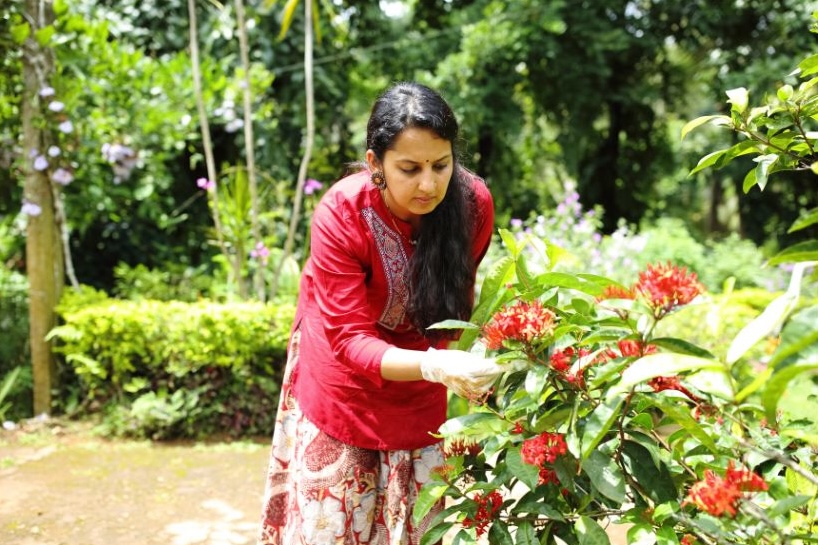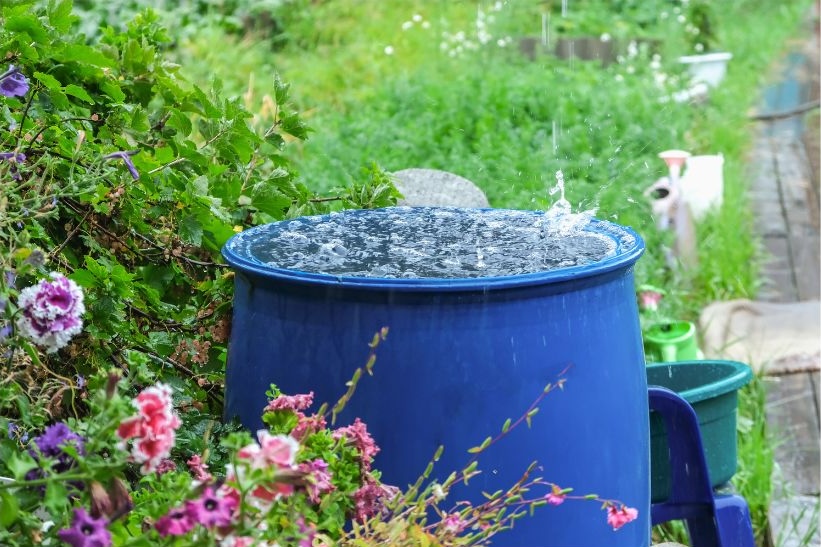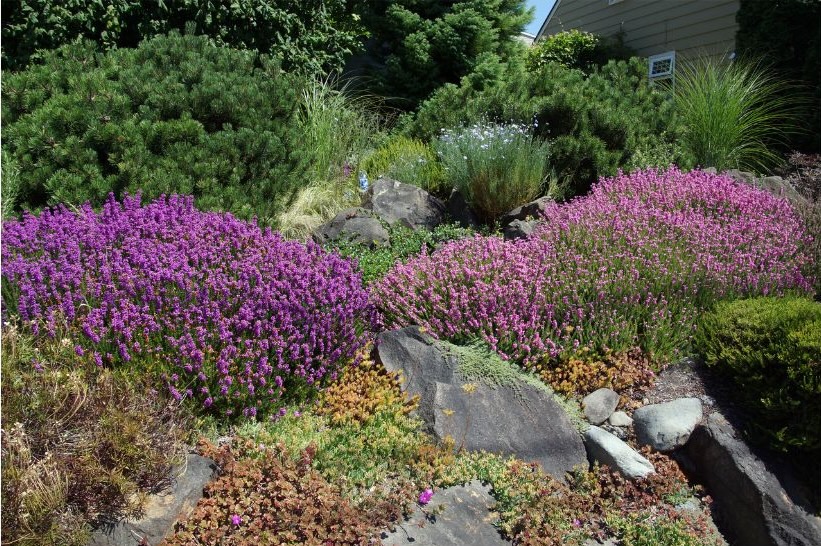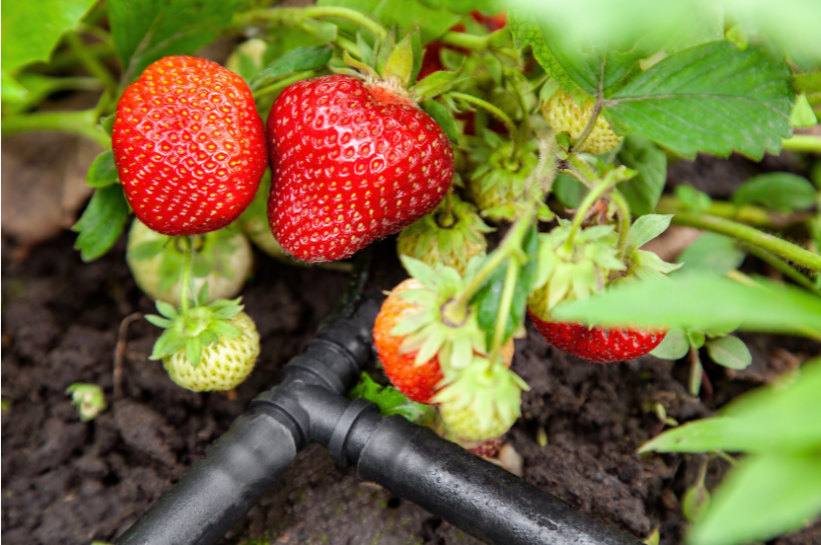Outdoor landscaping can be a significant source of water consumption, especially in regions prone to drought. By adopting water-saving techniques, you not only conserve a precious resource but also promote healthier plants and soil. This blog explores practical tips to reduce water usage in your outdoor landscaping, ensuring both environmental stewardship and cost efficiency.
Choose Drought-Tolerant Plants
One of the most effective ways to minimize water usage in your garden is to select plants that are naturally adapted to low-water conditions. Drought-tolerant plants, such as succulents, lavender, and ornamental grasses, require minimal watering once established. These plants have evolved to thrive in arid climates and can withstand periods of drought without compromising their beauty.
When choosing drought-tolerant plants, consider your local climate and soil conditions. Native plants are often excellent choices as they are well-suited to the natural rainfall patterns of your area. Incorporating these plants not only reduces water consumption but also supports local biodiversity.

Install Efficient Irrigation Systems
Traditional sprinkler systems can waste a significant amount of water through evaporation and runoff. Opting for more efficient irrigation methods, such as drip irrigation or soaker hoses, ensures that water is delivered directly to the root zones of plants. This targeted approach reduces water waste and encourages deeper root growth, making plants more resilient to drought conditions.
Drip irrigation systems use less water by delivering small, controlled amounts directly to the base of plants, minimizing evaporation. Soaker hoses, which release water slowly along their length, are ideal for watering beds and borders efficiently. Both options can be automated with timers or smart controllers to adjust watering schedules based on weather conditions, further optimizing water use.

Mulching
Mulching is a simple yet effective technique to conserve soil moisture and reduce the need for frequent watering. Organic mulches, such as shredded bark, compost, or pine needles, create a protective layer over the soil surface, insulating plant roots from temperature extremes and reducing evaporation.
In addition to conserving water, mulch enriches the soil as it breaks down, improving its structure and fertility over time. Apply a layer of mulch around plants and over bare soil to retain moisture, suppress weeds, and maintain a more consistent soil temperature throughout the year.

Adjust Watering Schedule According to Weather
To avoid overwatering, adjust your watering schedule based on seasonal weather patterns and plant needs. During cooler periods or rainy spells, reduce watering frequency to prevent waterlogged soil and root rot. Conversely, increase watering during hot, dry spells to ensure plants receive adequate moisture.
Monitoring soil moisture levels and observing plant behavior can help you determine when to water. Invest in moisture meters or simply use your fingers to check soil moisture levels regularly. Smart irrigation controllers can automate this process by adjusting watering schedules based on real-time weather data, ensuring efficient water use year-round.
Group Plants by Water Needs
Hydrozoning involves grouping plants with similar water requirements together in your landscape design. By creating distinct watering zones based on plant needs, you can avoid overwatering or underwatering certain areas. For example, place thirsty plants that require frequent watering closer to a water source and drought-tolerant plants in more remote or less accessible areas.
This approach not only conserves water but also promotes healthier plant growth by meeting their specific moisture needs. Consider the sun exposure, soil type, and microclimates within your garden when hydrozoning to achieve optimal water efficiency and plant health.

Contouring and Xeriscaping
Contouring involves shaping the land to create gentle slopes that direct water towards plants, minimizing runoff and allowing for better water infiltration into the soil. Terracing, on the other hand, creates level platforms on steep slopes, reducing erosion and creating planting areas that retain moisture more effectively.
Xeriscaping is another water-saving landscaping technique that focuses on designing landscapes with minimal water requirements. This approach emphasizes using native plants, rocks, and mulch to create visually appealing and environmentally sustainable gardens. Xeriscaped gardens can significantly reduce outdoor water usage while maintaining aesthetic appeal throughout the year.

Regular Maintenance and Inspections
Regular maintenance is essential for optimizing water use efficiency in your outdoor landscaping. Inspect irrigation systems regularly for leaks, clogs, or misaligned sprinkler heads that can waste water. Repairing these issues promptly ensures that water is used efficiently and effectively, benefiting both your garden and the environment.
Seasonal inspections are also important to adjust irrigation schedules and address changing weather conditions. During cooler months, reduce watering frequency to align with reduced plant growth and water requirements. Adjust timers and controllers accordingly to avoid unnecessary water use during periods of natural rainfall.

Collect Rainwater for Irrigation
Harnessing rainwater is a sustainable way to supplement your garden’s water supply and reduce reliance on municipal water sources. Install rain barrels or cisterns to capture runoff from roofs and gutters, storing it for later use during dry periods. Rainwater is naturally soft and free of chemicals, making it ideal for irrigating plants without the environmental impact of treated water.
Position rain barrels strategically near garden beds or plants that require regular watering. Connect multiple barrels for increased storage capacity and use gravity or a small pump to distribute collected rainwater efficiently throughout your landscape. Incorporating rainwater harvesting into your gardening routine promotes self-sufficiency and reduces your ecological footprint.

Use Native Plants
Choosing native plants for your outdoor landscaping offers numerous benefits, including reduced water usage and enhanced ecosystem support. Native plants are adapted to local climate conditions, requiring less supplemental watering once established. Their deep root systems improve soil structure and moisture retention, reducing the need for irrigation and promoting long-term plant health.
Research native plant species native to your region and incorporate them into your garden design. Native grasses, wildflowers, and shrubs not only conserve water but also attract local wildlife and pollinators, contributing to biodiversity conservation. By selecting native plants, you create resilient landscapes that thrive with minimal intervention and maintain their beauty throughout the seasons.

Final Thoughts
Reducing water usage in your outdoor landscaping is a practical and rewarding endeavor that benefits both your garden and the environment. By implementing these tips—choosing drought-tolerant plants, installing efficient irrigation systems, mulching, adjusting watering schedules, grouping plants by water needs, implementing water-saving landscaping techniques, conducting regular maintenance and inspections, collecting rainwater for irrigation, and using native plants—you can create a sustainable and water-efficient garden that thrives year-round.
Conserving water in your garden not only preserves this precious resource but also saves money on utility bills and promotes healthier, more resilient plants. By adopting these practices, you contribute to environmental conservation efforts and inspire others to embrace sustainable gardening practices in their own outdoor spaces.




